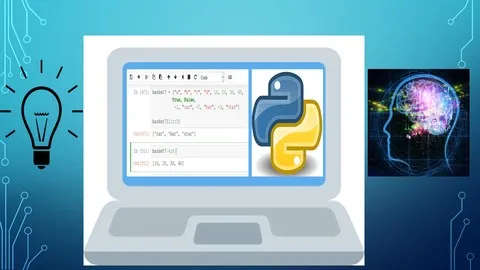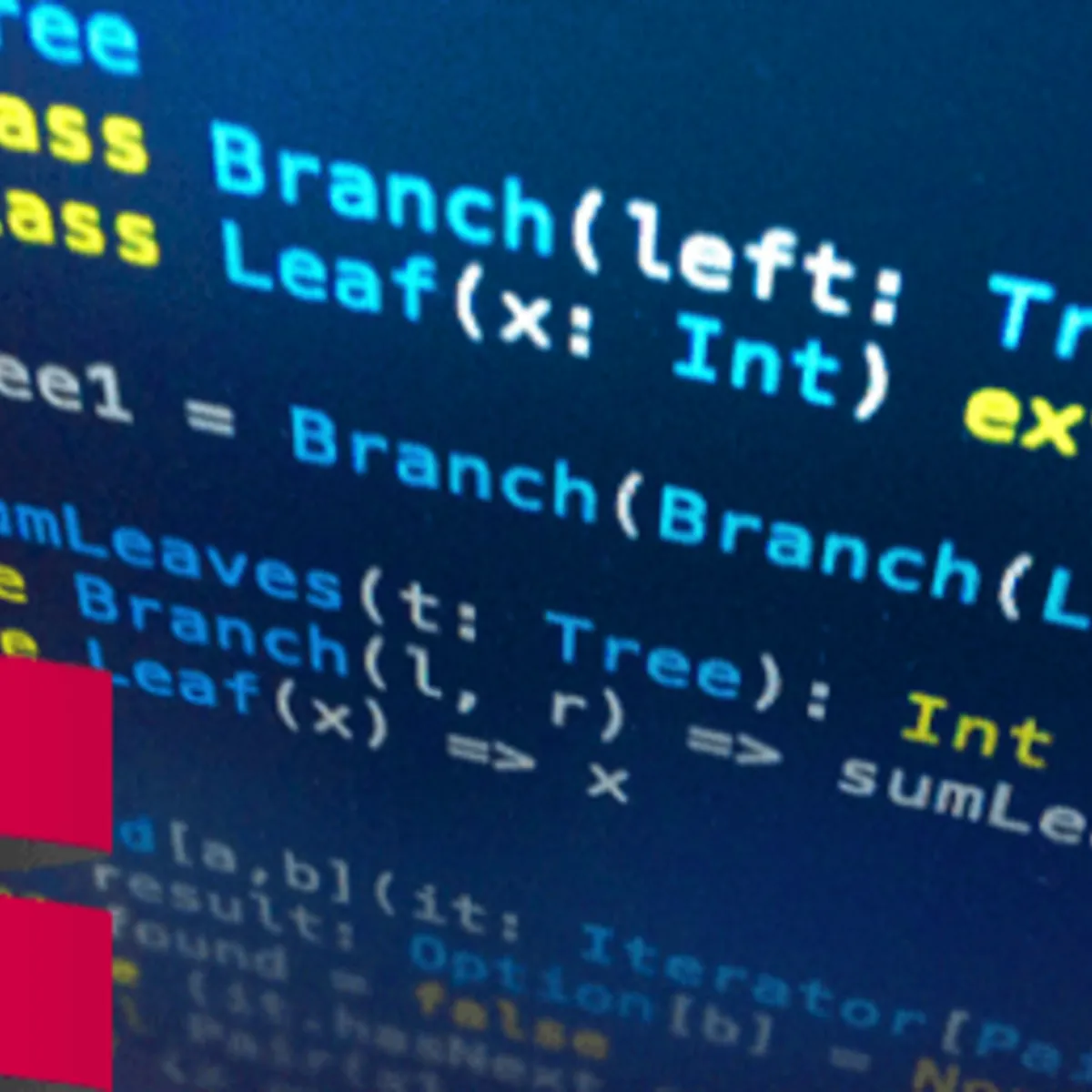
Learn Python 36 for Total Beginners 
This free course provides a comprehensive introduction to Python 3.6, with 7 brain-teasing exercises and full solutions to help beginners become pros in just one day. ▼
ADVERTISEMENT
Course Feature
![]() Cost:
Cost:
Free
![]() Provider:
Provider:
Udemy
![]() Certificate:
Certificate:
No Information
![]() Language:
Language:
English
![]() Start Date:
Start Date:
Self Paced
Course Overview
❗The content presented here is sourced directly from Udemy platform. For comprehensive course details, including enrollment information, simply click on the 'Go to class' link on our website.
Updated in [April 29th, 2023]
This course, Learn Python 36 for Total Beginners, is designed to provide a comprehensive introduction to the Python programming language. Students will learn the fundamentals of Python, including what lists, tuples, and dictionaries are and how they can be used. Additionally, students will learn how to write code with control flow (logic), handle errors with care, create and implement functions, make lambdas out of functions, convert for loops to list comprehension, understand the differences between for loops and while loops, format strings, and use txt files for a variety of purposes.
[Applications]
The application of this course is vast. After completing this course, learners will be able to use Python 36 to create lists, tuples, and dictionaries, as well as write code with control flow and handle errors with care. Learners will also be able to create and implement functions, convert for loops to list comprehension, understand the differences between for loops and while loops, format strings, and use txt files for a variety of purposes.
[Career Paths]
1. Data Scientist: Data Scientists use Python to analyze large datasets and uncover trends and insights. They use a variety of techniques such as machine learning, natural language processing, and statistical analysis to uncover patterns and trends in data. The demand for data scientists is growing rapidly, and the field is expected to continue to grow in the coming years.
2. Software Developer: Software Developers use Python to create applications and websites. They use the language to write code, debug, and maintain software. Python is a popular language for software development, and the demand for software developers is expected to continue to grow in the coming years.
3. Machine Learning Engineer: Machine Learning Engineers use Python to develop and deploy machine learning models. They use the language to create algorithms, train models, and deploy them in production. The demand for machine learning engineers is growing rapidly, and the field is expected to continue to grow in the coming years.
4. Web Developer: Web Developers use Python to create websites and web applications. They use the language to write code, debug, and maintain websites. Python is a popular language for web development, and the demand for web developers is expected to continue to grow in the coming years.
[Education Paths]
1. Bachelor of Science in Computer Science: This degree path focuses on the fundamentals of computer science, such as programming languages, algorithms, data structures, operating systems, and software engineering. It also covers topics such as artificial intelligence, computer graphics, and computer networks. This degree path is becoming increasingly popular as technology advances and more businesses rely on computer systems.
2. Bachelor of Science in Information Technology: This degree path focuses on the application of technology to solve business problems. It covers topics such as database management, web development, network security, and software engineering. It also covers topics such as project management, business intelligence, and data analytics. This degree path is becoming increasingly popular as businesses rely more heavily on technology to improve their operations.
3. Master of Science in Computer Science: This degree path focuses on advanced topics in computer science, such as artificial intelligence, machine learning, computer vision, and robotics. It also covers topics such as distributed systems, computer networks, and software engineering. This degree path is becoming increasingly popular as technology advances and more businesses rely on computer systems.
4. Master of Science in Information Technology: This degree path focuses on the application of technology to solve business problems. It covers topics such as database management, web development, network security, and software engineering. It also covers topics such as project management, business intelligence, and data analytics. This degree path is becoming increasingly popular as businesses rely more heavily on technology to improve their operations.
Pros & Cons

Knowledgeable instructor who provides meaningful information.

Comprehensive coverage of topics like List Comprehension, Functions, and Error Handling.

User-friendly and nice course with explanations that are easy to understand.

Struggling with Jupyter Notebook

Confusing for a python beginner

More intermediate than for a beginner
Course Provider

Provider Udemy's Stats at AZClass
Discussion and Reviews
0.0 (Based on 0 reviews)
Explore Similar Online Courses
![Flutter & Dart for Beginners: Complete Course [2023 Latest]](/ccsimg/dcs/img_tools/dcs_img_1692148878_898d2cc169b24875bcb1af5dab53d333.webp)
Flutter & Dart for Beginners: Complete Course [2023 Latest]

Robotics: Capstone

RDBMS PostgreSQL

Intro To PostgreSQL Databases With PgAdmin For Beginners

PostgreSQL: Client Applications

Mastering SQL using Postgresql

Database Design and Basic SQL in PostgreSQL

PostgreSQL: Advanced Queries

Spatial SQL with Postgres : A language for geographers

Learn SQL Using PostgreSQL: From Zero to Hero

PostgreSQL Essential Training


Start your review of Learn Python 36 for Total Beginners